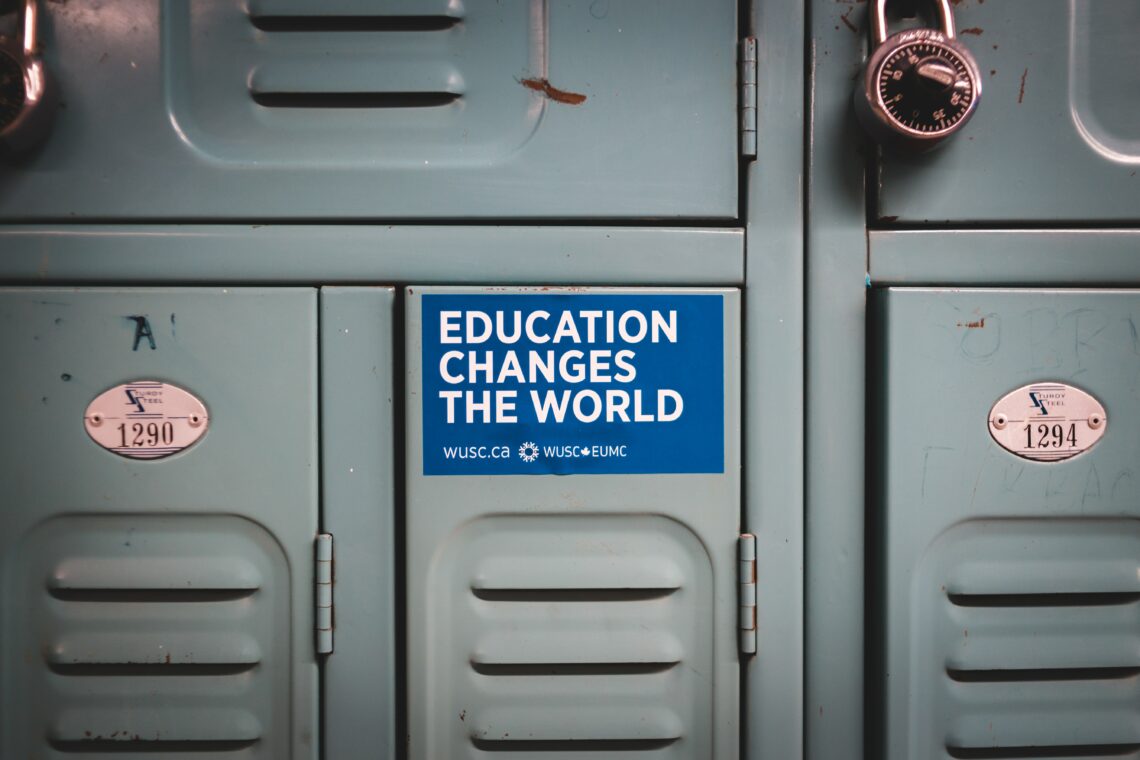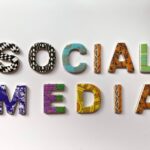This week’s topic was very thought-provoking. After listening to Brad Baker’s interview and reflecting on the recent Residential School findings, it is clear that while these events happened in Canada’s past, it is still very much a part of our life right now. To make a change for Canada’s future, PLNs and social media can play a huge role in educating people and working towards reconciliation.
I took an Indigenous studies course a few years ago and from that course, I discovered that education can make a major impact in working towards reconciliation. Many Canadians do not understand Canada’s past and the traumatic events that Indigenous peoples have endured. Thus, as Baker explains, we are currently on a journey to share messages of hope and educate those in our communities (“BCPVPA”, 2:34-2:45). Baker explains that his role in his learning network is to bring understanding to his family’s story of residential schools and share how we can move forward to positively contribute to society in the future (5:00-5:19). Social media is an incredible resource for sharing these stories and working towards educating others as there is so much potential for authentic messages to reach thousands of people (Baker, 7:50-7:59)
Baker highlights that PLNs, especially those online, allow Indigenous voices to be shared authentically. Mainstream media generally shares stories from the second or third-hand perspective, and at that point, it loses some of its genuine meaning (Baker, 7:20-7:45). This relates to Julie Smith’s interview where she explains that the media shares what they know people want to see, and this is not always accurate (21:00-21:40). Social media provides an opportunity for Indigenous peoples to share their stories from a first-hand perspective, without the alterations mainstream media makes.
Another point Baker explains is that social media allows for multiple messages to be shared. Baker highlights that Indigenous peoples are not simple, contrary to the common stereotype. They have complexities in their stories and multiple perspectives to share (11:35-12:01). There is so much power in having multiple individuals share their side of the story, as everyone experiences the world in a unique way (Moore 9). Brad Baker’s point of social media allowing people to share multiple sides to a story reminds me of a video I watched for a class last semester. Chimamanda Ngozi Adichie discusses the danger of single stories during a Ted Talk. She explains that if only one person shares their story, it can lead to incomplete stories, since everyone is unique, and we all experience the world differently (13:00-13:27). Adichie discusses that a story can empower others and repair broken dignity. So, it is important to hear multiple stories from various perspectives to avoid stereotypes (Adichie, 17:15-17:55). I was reminded of this video when Baker explained that Indigenous peoples have many sides to their stories and social media allows for multiple messages to be shared (11:13-11:21)
Here is a link to Chimamanda Ngozi Adichie’s video. It brings to light the importance of hearing multiple perspectives.
With uncomfortable topics, such as discussing the recent findings at the previous Residential School sites in Canada, there will be some pushback. These are sensitive topics that not everyone will react to with an open mind. However, Baker explains that being vulnerable is the key to overcoming the pushback. He states that for change to occur, being vulnerable and open to discussing pushback can help make a difference (Baker, 12:05-13:50).
As a continue my journey to become a teacher, I think it is critical to continue educating myself on Indigenous topics to help work towards making a change in the B.C. school system (“BCPVPA”, 2:34-2:45). To educate myself, I plan to use social media as a form of professional and personal development. I would like to focus on growing my PLN with multiple, authentic voices to hear all sides of the story. Furthermore, once I begin to grow my PLN, I can consider advocating for specific topics and sharing social media pages from Indigenous leaders to help spread awareness. As Jesse mentioned in Brad Baker’s interview, he learned so much Indigenous knowledge simply from Twitter (6:15-6:30). Thus, creating network connections and learning from an online PLN can help grow knowledge and develop competency over important topics (Veletsianos 114).
Works Cited:
Adichie, Chimamanda Ngozi. “The danger of a single story.” YouTube, uploaded by TED, 7 October 2009, https://www.youtube.com/watch?v=D9Ihs241zeg
Baker, Brad. “Brad Baker EDCI 338.” YouTube, uploaded by MILLER, 10 June 2021, https://www.youtube.com/watch?v=C5z8iHxW2n4
“BCPVPA Leading Student Success: Part One – Indigenous Education.” YouTube, uploaded by BC Principals’ & Vice-Principals’ Association, 8 October 2019, https://www.youtube.com/watch?v=CeuvuRGJt3w&t=191s
Moore, Shelley. One Without the Other: Stories of Unity Through Diversity and Inclusion, Portage & Main Press, 2017, pp.6-12. ProQuest Ebook Central, https://ebookcentral-proquest-com.ezproxy.library.uvic.ca/lib/uvic/reader.action?docID=4832579&ppg=6
Smith, Julie. “EDCI 338 – MEDIA LITERACY with JULIE SMITH.” YouTube, uploaded by MILLER, 6 June 2021, https://www.youtube.com/watch?v=57r3-aEnci0
Veletsianos, George. Emerging Technologies in Distance Education, AU Press, Athabasca University, 2010, https://www.aupress.ca/app/uploads/120177_99Z_Veletsianos_2010-Emerging_Technologies_in_Distance_Education.pdf


